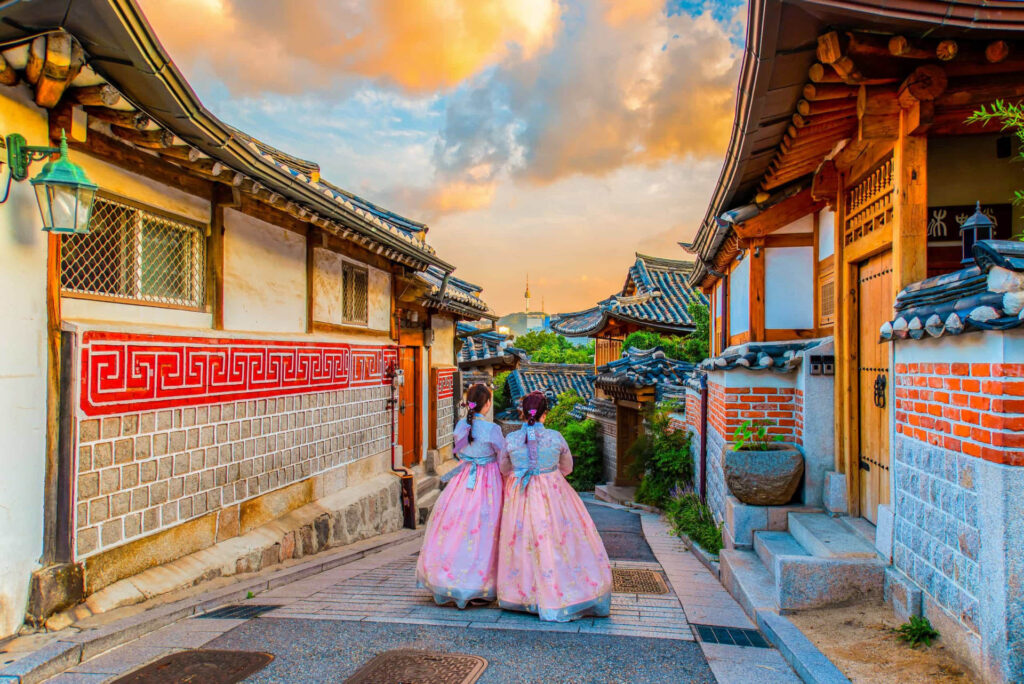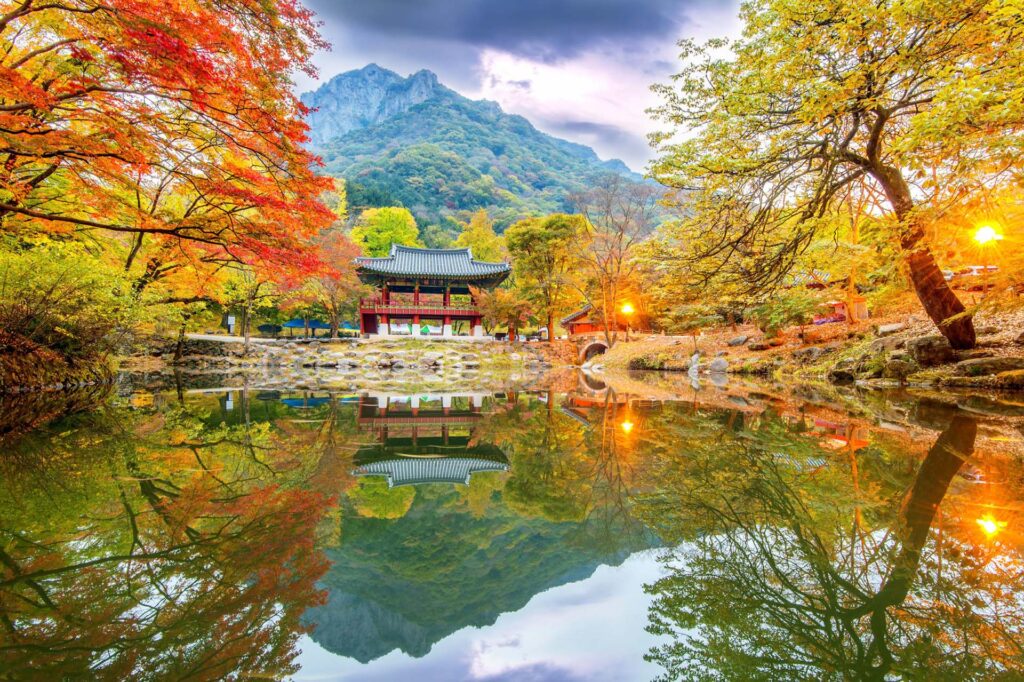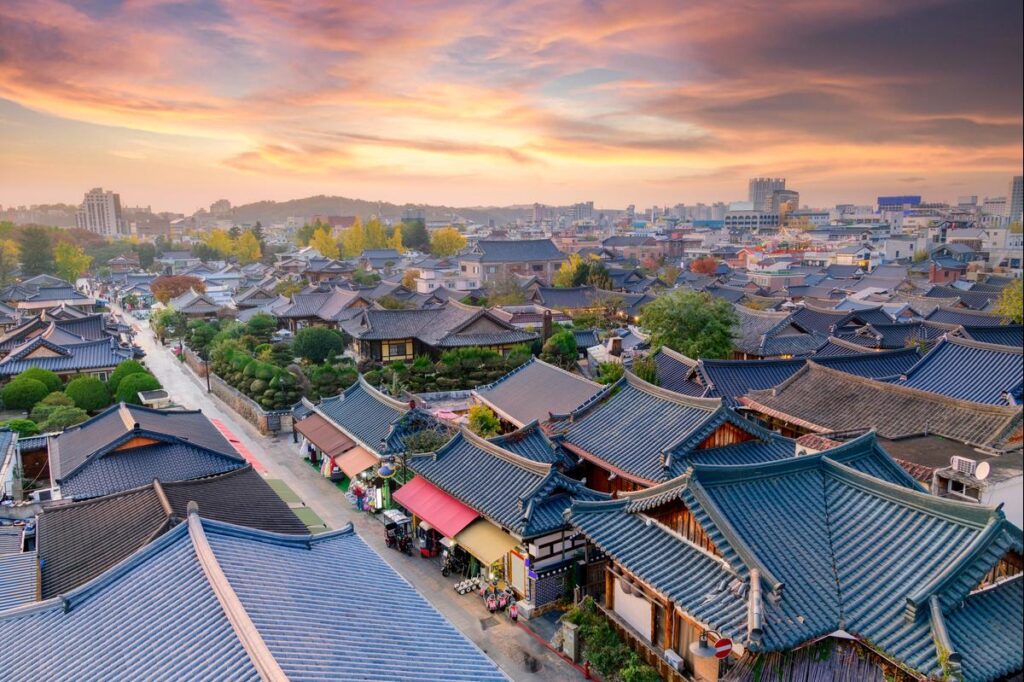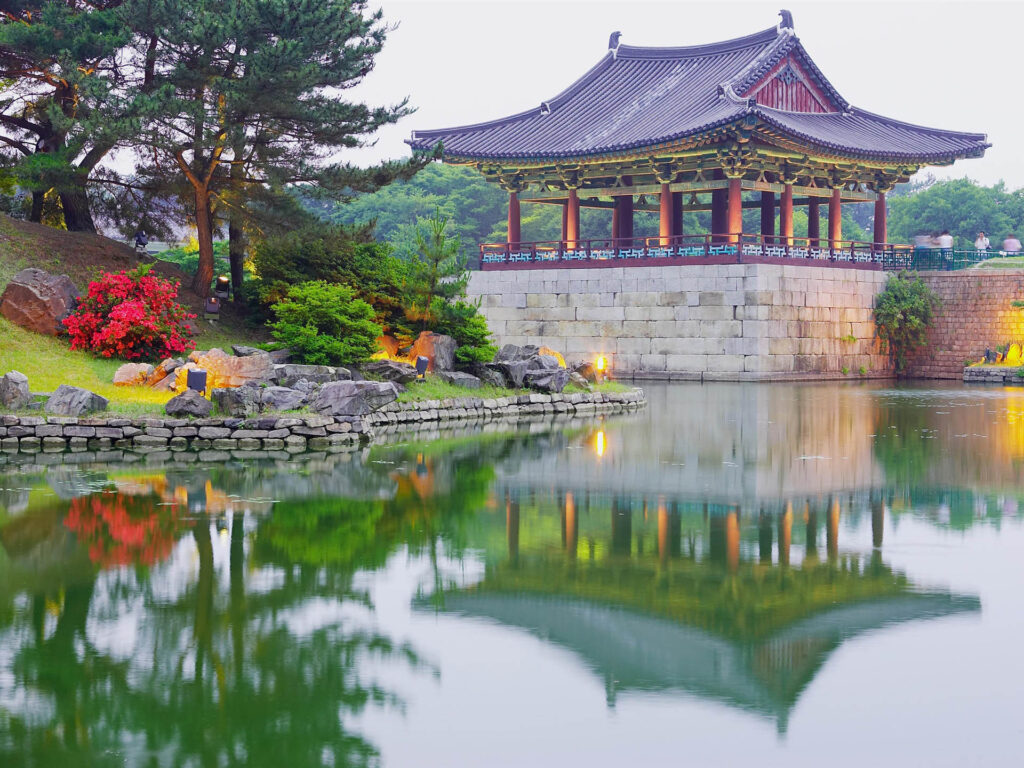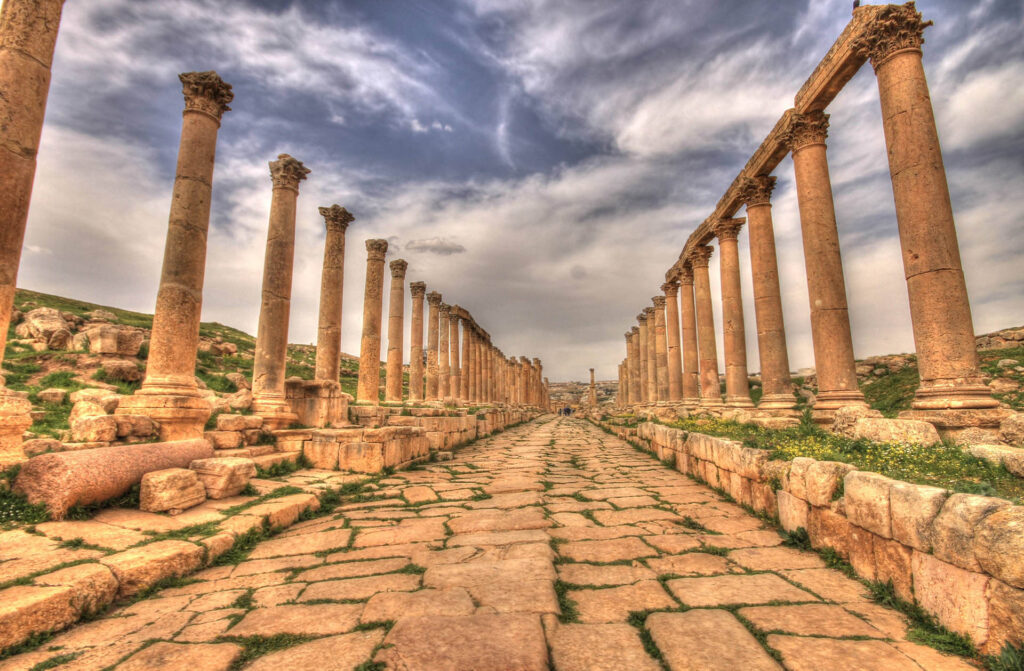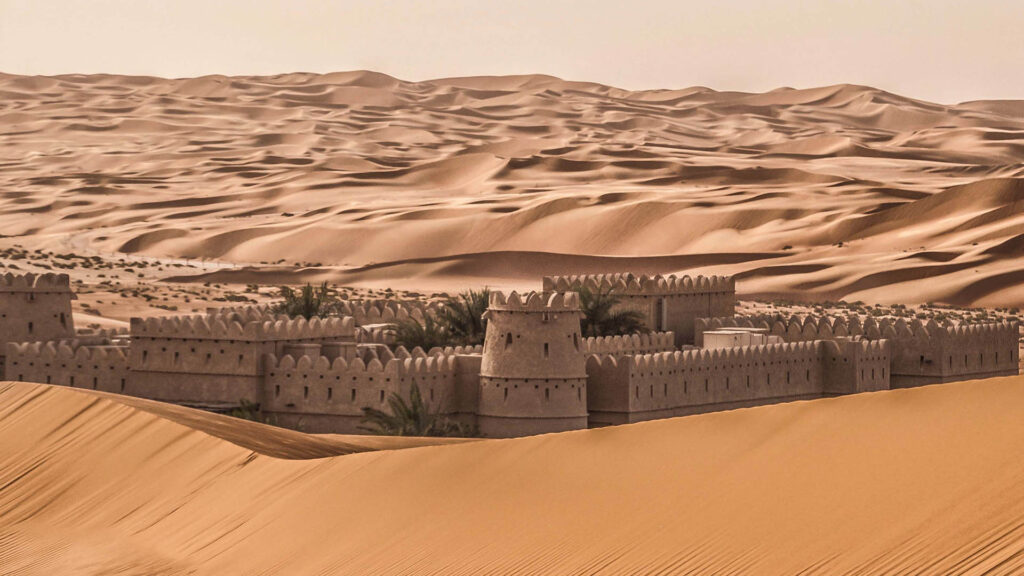Introducing the Temple Aaron
Temple Aaron – Nestled in the heart of Ayutthaya, a city steeped in ancient grandeur and rich cultural heritage, lies a architectural marvel that has stood the test of time, or Wat Phra Si Sanphet. This sacred site, a masterpiece of Khmer and Ayutthayan architectural styles, beckons visitors to embark on a journey through Thailand’s illustrious past, where the echoes of a bygone era resonate through every intricately carved stone and towering spire.

Temple Aaron: Majesty temple in Thailand
A Regal Legacy Etched in Stone
The Royal Monastery of the Ayutthaya Kingdom
Temple Aaron’s origins can be traced back to the 14th century, when it was established as the royal monastery of the Ayutthaya Kingdom, serving as the spiritual and ceremonial heart of this once-mighty empire. The temple’s name, Wat Phra Si Sanphet, translates to “Temple of the Holy, Splendid Omniscient,” a testament to the reverence and awe it inspired among the kingdom’s rulers and citizens alike.
A Masterpiece of Architectural Fusion
The temple’s architectural grandeur is a harmonious blend of Khmer and Ayutthayan styles, a testament to the cultural exchange and artistic influences that flourished during the kingdom’s golden age. The central prang, a towering spire that soars over 60 meters into the sky, is a quintessential example of Khmer architecture, adorned with intricate carvings and decorative motifs that depict scenes from Buddhist mythology and Thai culture. Surrounding the central prang are smaller prangs and chedis, each a masterpiece in its own right, creating a stunning skyline that has captivated visitors for centuries.
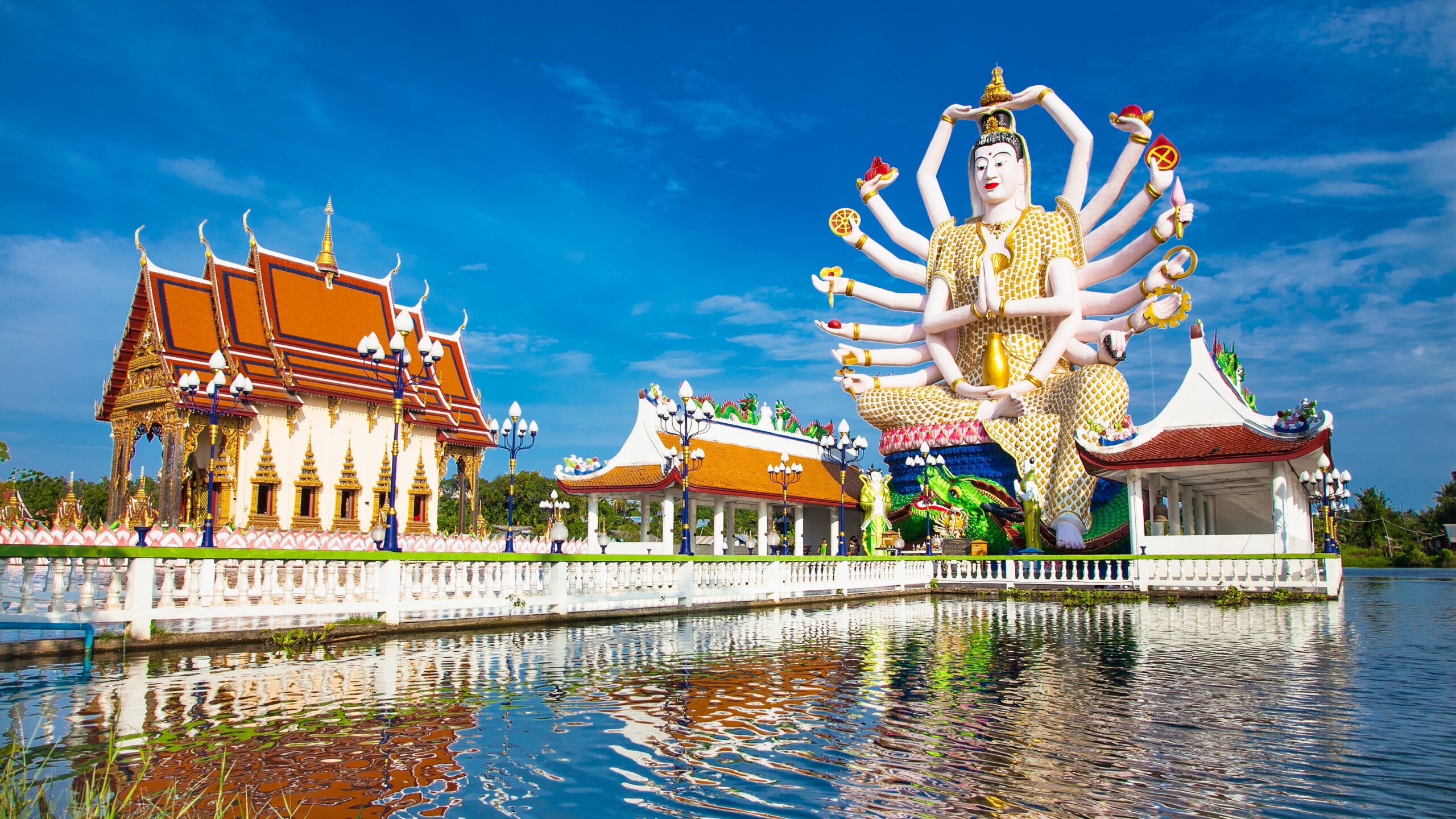
Temple Aaron: Majesty temple in Thailand
A Journey Through Time and Spirituality
The Serene Viharn and Ubosot
As you step into the temple’s grounds, you are immediately transported to a realm of tranquility and spirituality. The Viharn, or main prayer hall, is a testament to the artistry and craftsmanship of the Ayutthayan era. Its intricate carvings and frescoes depict scenes from the life of the Buddha, inviting visitors to contemplate the teachings of enlightenment and inner peace.
Nearby, the Ubosot, or ordination hall, stands as a symbol of the temple’s enduring religious significance. This grand pavilion, with its sweeping roof and ornate gabled ends, has been a sanctuary for Buddhist monks and devotees for centuries, hosting sacred ceremonies and rituals that have shaped the spiritual fabric of Ayutthaya and Thailand.
The Enigmatic Chedis and Remnants of Royalty
As you wander through the temple’s grounds, you will encounter a breathtaking array of chedis, or stupas, each with its own unique architectural style and historical significance. The most captivating of these is the Phra Si Sanphet Chedi, a towering structure that once housed the ashes of Ayutthayan kings and their consorts. Its intricate carvings and decorative motifs are a testament to the artistic mastery of the era, leaving visitors in awe of the skill and dedication that went into its creation.
Nearby, the remnants of royal palaces and residential quarters offer a glimpse into the opulent lifestyle of the Ayutthayan elite, reminding us of the grandeur and wealth that once defined this ancient capital.
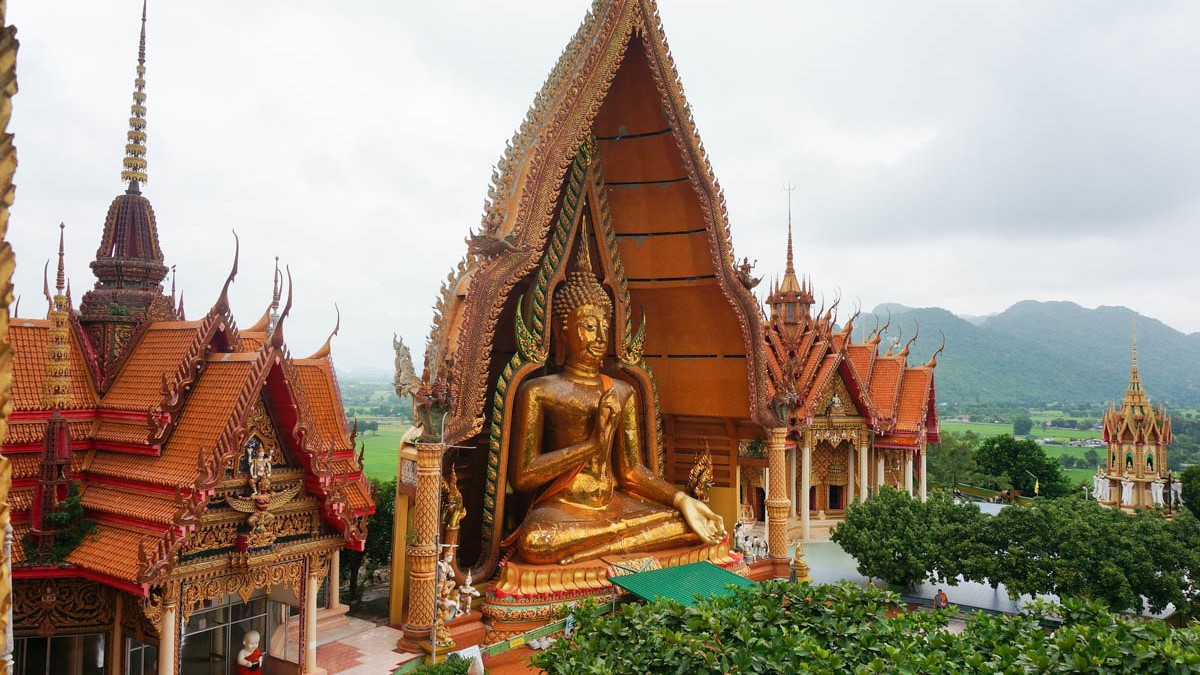
Temple Aaron: Majesty temple in Thailand
A Tapestry of Cultural Traditions
The Spiritual Heart of Ayutthaya
Temple Aaron has long been revered as the spiritual heart of Ayutthaya, a place where Buddhist traditions and cultural practices have intertwined for centuries. Visitors can witness age-old rituals and ceremonies, such as the daily alms-giving to monks or the annual Loy Krathong festival, where thousands of candlelit floats are released onto the waters surrounding the temple.
Preserving Ancient Craftsmanship
In recent years, the temple has become a hub for preserving and promoting ancient Thai craftsmanship. Visitors can witness skilled artisans at work, meticulously restoring and recreating the intricate carvings, sculptures, and architectural elements that adorn the temple’s structures. These efforts not only safeguard the temple’s historical integrity but also serve as a living testament to the enduring legacy of Thai artistry and cultural heritage.
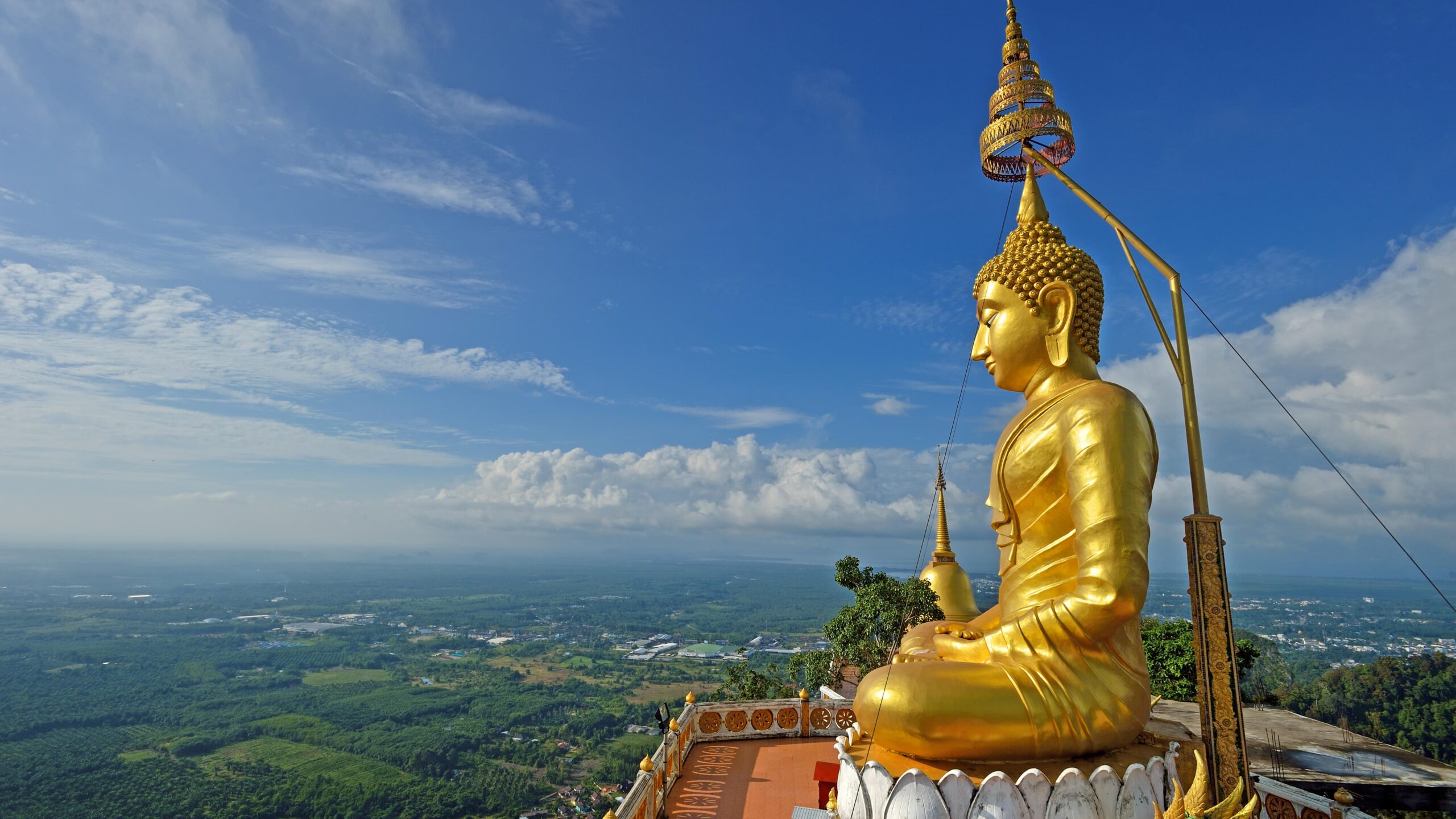
Temple Aaron: Majesty temple in Thailand
A Tapestry of Cultural Experiences
Beyond its architectural and spiritual wonders, Temple Aaron offers visitors a unique opportunity to immerse themselves in the rich cultural tapestry of Ayutthaya. Traditional dance performances, music recitals, and art exhibitions are regularly held within the temple’s grounds, allowing visitors to experience the vibrant cultural traditions that have shaped this ancient city for centuries.
Embracing Sustainable Tourism and Preservation
Conservation Efforts and Challenges
As a UNESCO World Heritage Site, Temple Aaron has been the focus of extensive conservation efforts aimed at preserving its architectural and cultural heritage for generations to come. These efforts have involved meticulous restoration work, utilizing traditional techniques and materials to ensure the authenticity and integrity of the temple’s structures and decorative elements.
However, the temple also faces challenges such as environmental degradation, overcrowding, and the impacts of urbanization. To address these concerns, local authorities and conservation organizations have implemented stringent measures to regulate visitor numbers, promote sustainable tourism practices, and raise awareness about the importance of preserving this invaluable cultural treasure.
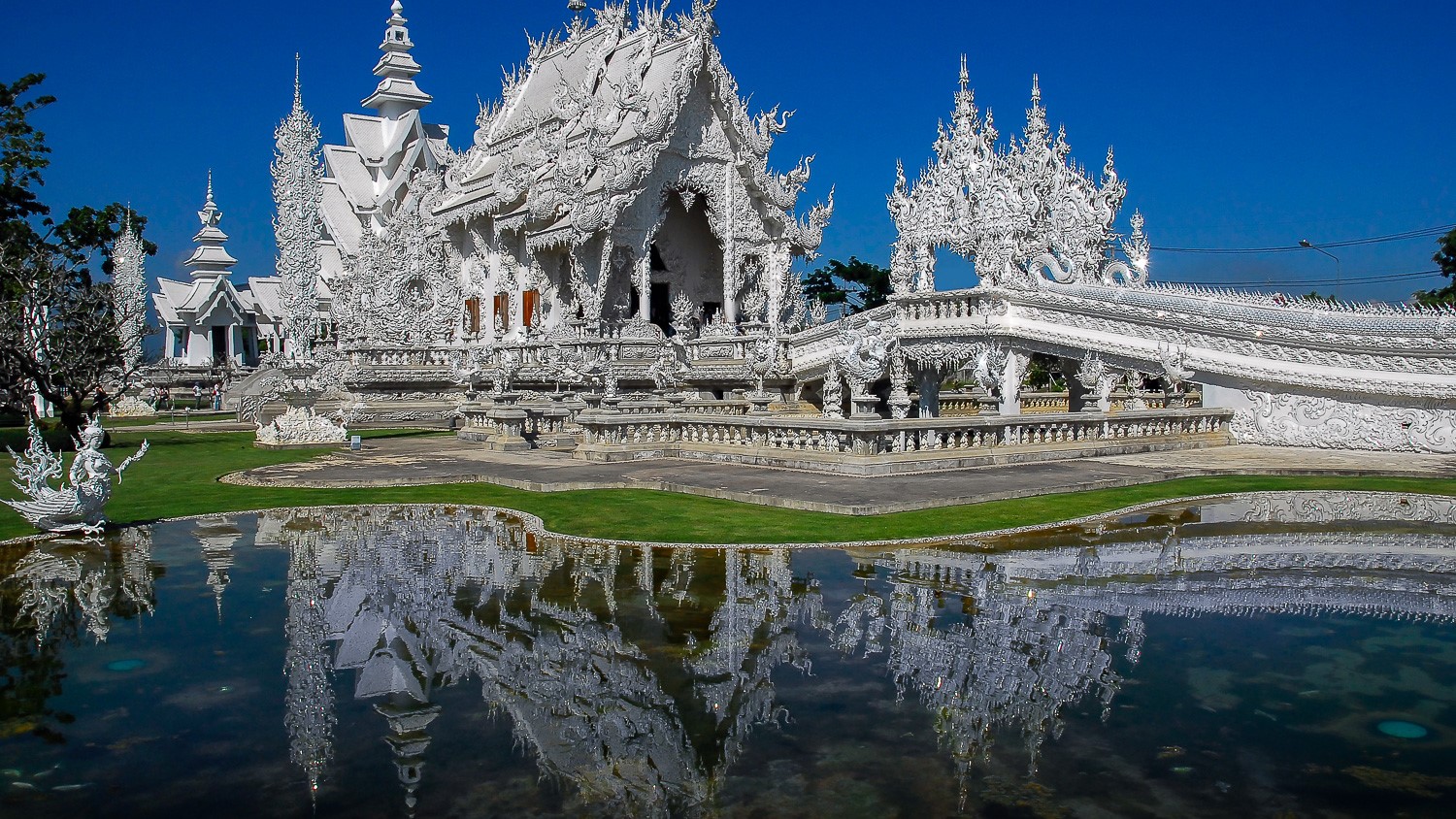
Temple Aaron: Majesty temple in Thailand
Engaging with Local Communities
One of the key pillars of Temple Aaron’s preservation efforts is the active involvement of local communities. Residents of Ayutthaya have embraced their role as custodians of this ancient site, participating in conservation initiatives, cultural events, and sustainable tourism programs. Visitors are encouraged to engage with these communities, support local businesses, and participate in cultural exchange programs, fostering a deeper appreciation for the rich heritage that surrounds Temple Aaron.
Planning Your Visit to Temple Aaron
Best Time to Visit
While Temple Aaron is open to visitors year-round, the cooler months between November and February offer the most pleasant weather conditions for exploring the temple’s grounds. During this period, the skies are clear, and the temperatures are mild, making it an ideal time for outdoor exploration and cultural immersion.
Getting There and Accommodation
Temple Aaron is conveniently located within the historic city of Ayutthaya, approximately 80 kilometers north of Bangkok. Visitors can reach the temple by various modes of transportation, including private vehicles, public buses, or organized tours. For those seeking an immersive cultural experience, Ayutthaya offers a range of accommodation options, from traditional guesthouses to luxury resorts, catering to a variety of budgets and preferences.
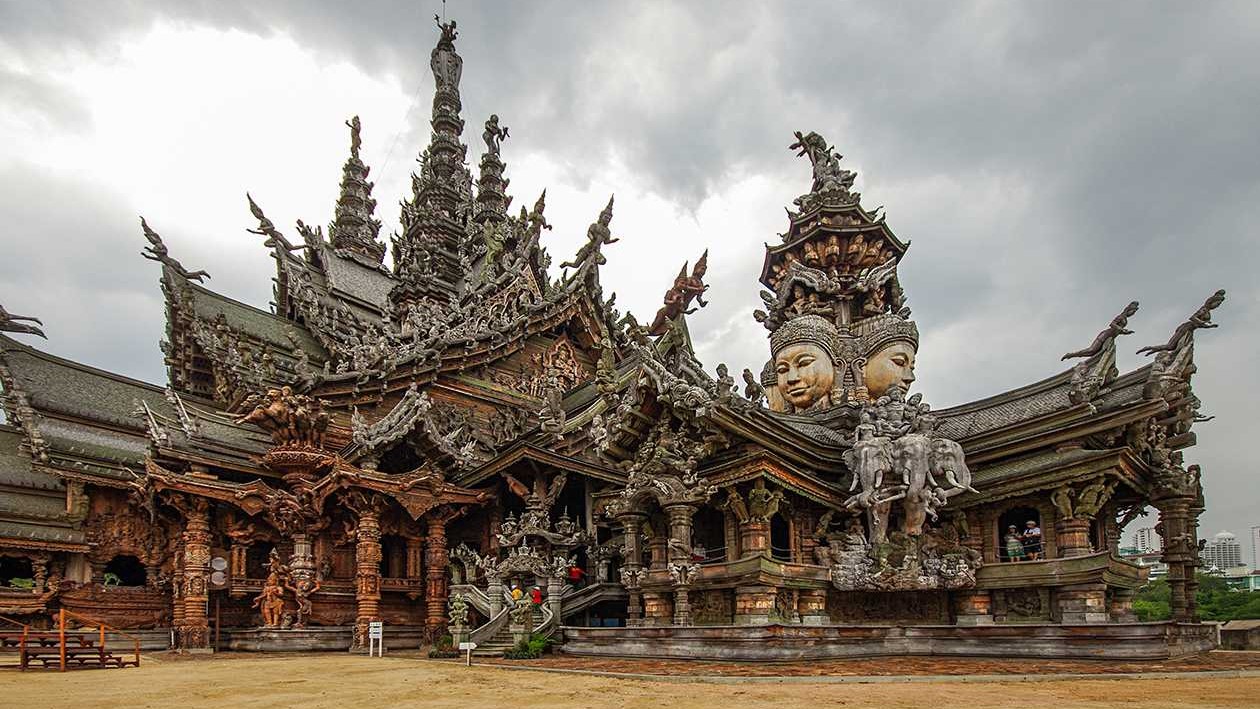
Temple Aaron: Majesty temple in Thailand
Conclusion
Temple Aaron stands as a testament to the enduring spirit of Thailand’s cultural heritage and the resilience of human ingenuity. As you wander through its sacred grounds, marveling at the towering spires and intricate carvings, you cannot help but be transported to a bygone era, where the echoes of ancient civilizations whisper through every stone and every crevice. This celestial paradise is a true gem, inviting visitors to embark on a journey of discovery, spiritual enlightenment, and cultural immersion. Whether you seek the serenity of Buddhist teachings, the awe-inspiring grandeur of architectural masterpieces, or a deeper understanding of Thailand’s rich tapestry of traditions, Temple Aaron promises an unforgettable experience that will etch itself into the fabric of your soul forever.

